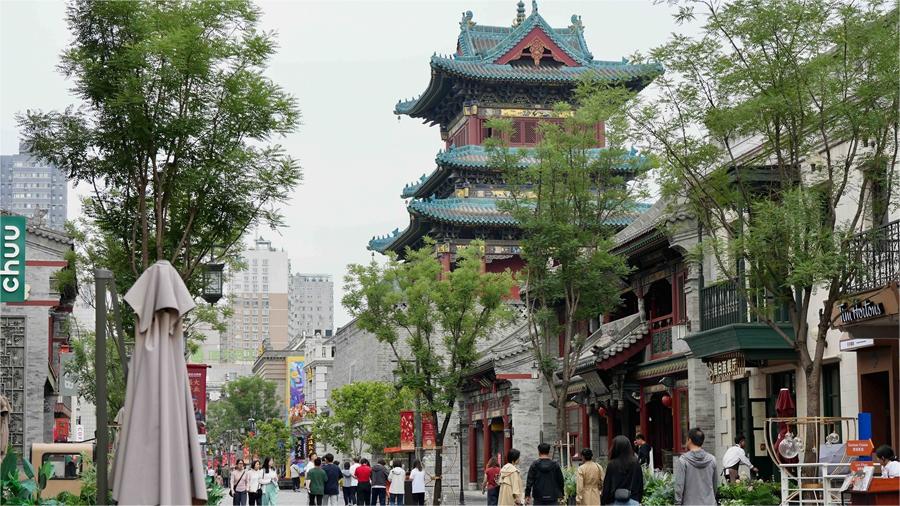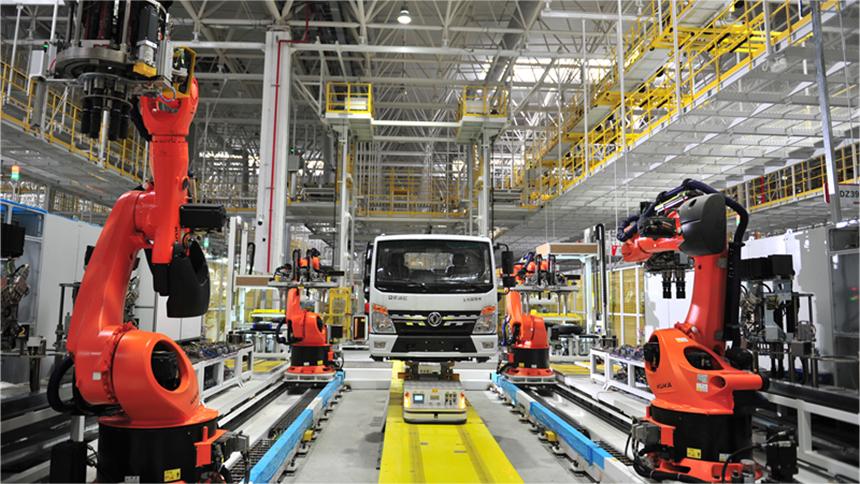Chinese roujiamo wins over Italian palates
A small store in Milan's Chinatown, specializing in roujiamo, a popular street food from northwest China's Shaanxi Province known as the "Chinese hamburger," has been drawing long queues of customers.
Founded in 2016, Mo Sarpi features a glass-enclosed kitchen that is visible to customers. Chefs chop up freshly braised pork, cut open freshly baked bread, fill it with shredded meat, and add braising liquid.
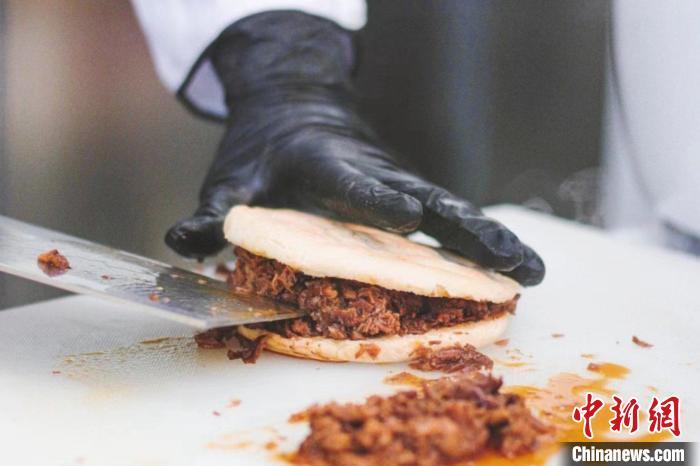
A chef prepares a roujiamo at Mo Sarpi in Milan's Chinatown, Italy. (Photo courtesy of the interviewee)
The store sells hundreds of roujiamo daily, with peak hours from noon to 2:30 p.m. Sales are higher on weekends, driven by food enthusiasts traveling from afar, according to co-founder Wang Liying.
Co-founder Liu Hongwei, who moved to Italy in 2005 and has worked in the Chinese food industry for nearly 20 years, experimented with various snacks during the store's early days before settling on four popular products, including roujiamo. To suit local tastes, the store adjusted the ingredients and seasonings.
Local food bloggers have flocked to the store, posting short videos on social media. "The 'Chinese hamburgers' give me a sense of happiness," one said. Their involvement has boosted the store's profile.
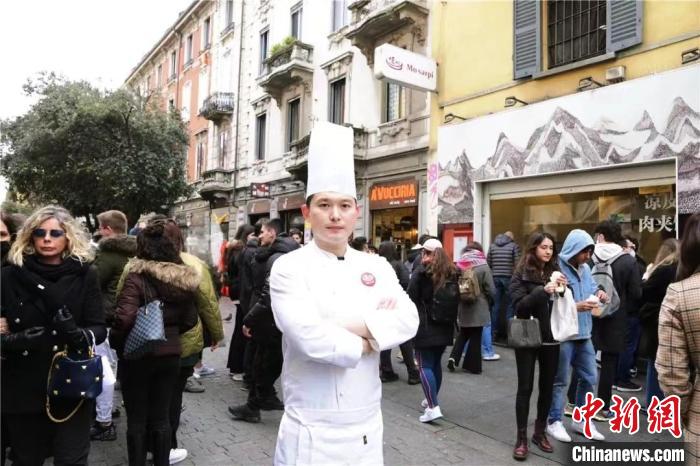
Photo shows Liu Hongwei, co-founder of Mo Sarpi, standing outside the store. (Photo courtesy of the interviewee)
"Good products are naturally popular," Wang said. The transparent kitchen has become a photography hotspot, with customers sharing photos and videos of the preparation process online.
The store maintains an active social media presence with weekly livestreaming sessions, accumulating a significant fan base.
Mo Sarpi has expanded to Rome, Turin, and other Italian cities, as well as France, Germany, Romania, and Spain. It has been recognized twice as a star street food by Italian food and wine magazine Gambero Rosso.
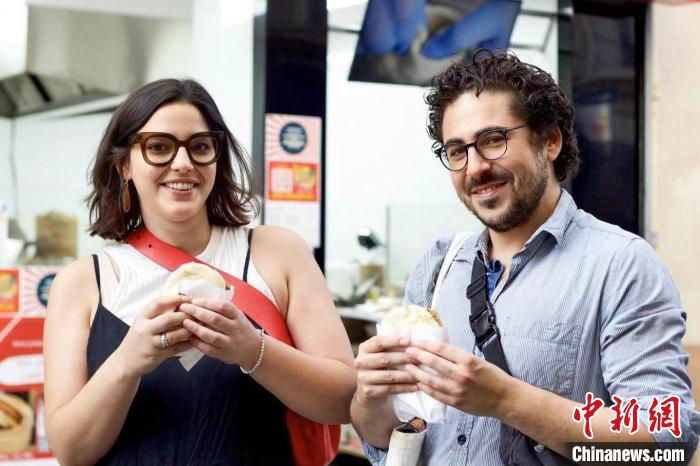
Photo shows two customers enjoying roujiamo from Mo Sarpi outside a chain store in Paris, France. (Photo courtesy of the interviewee)
"Unlike traditional Chinese restaurants with extensive menus, our establishments are streamlined. Ranging from 20 to 60 square meters, they have three to four employees and no dine-in service. With average customers spending under 10 euros ($10), our business model allows for online and offline operations," Liu said.
At a trade fair, a young man from Genoa told Liu he had six roujiamo in a day, while a man from Shaanxi Province said he felt like he was back home after eating it.
Photos
Copyright © 2024 People's Daily Online. All Rights Reserved.






